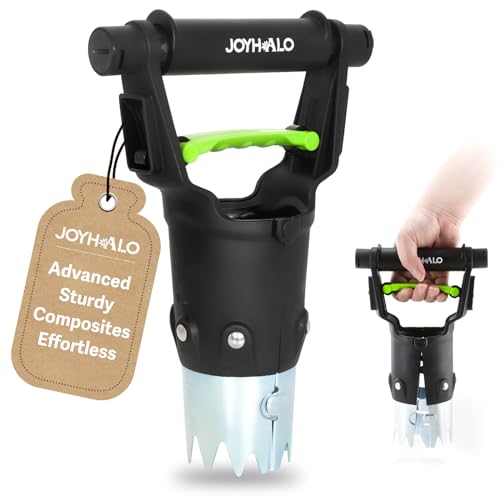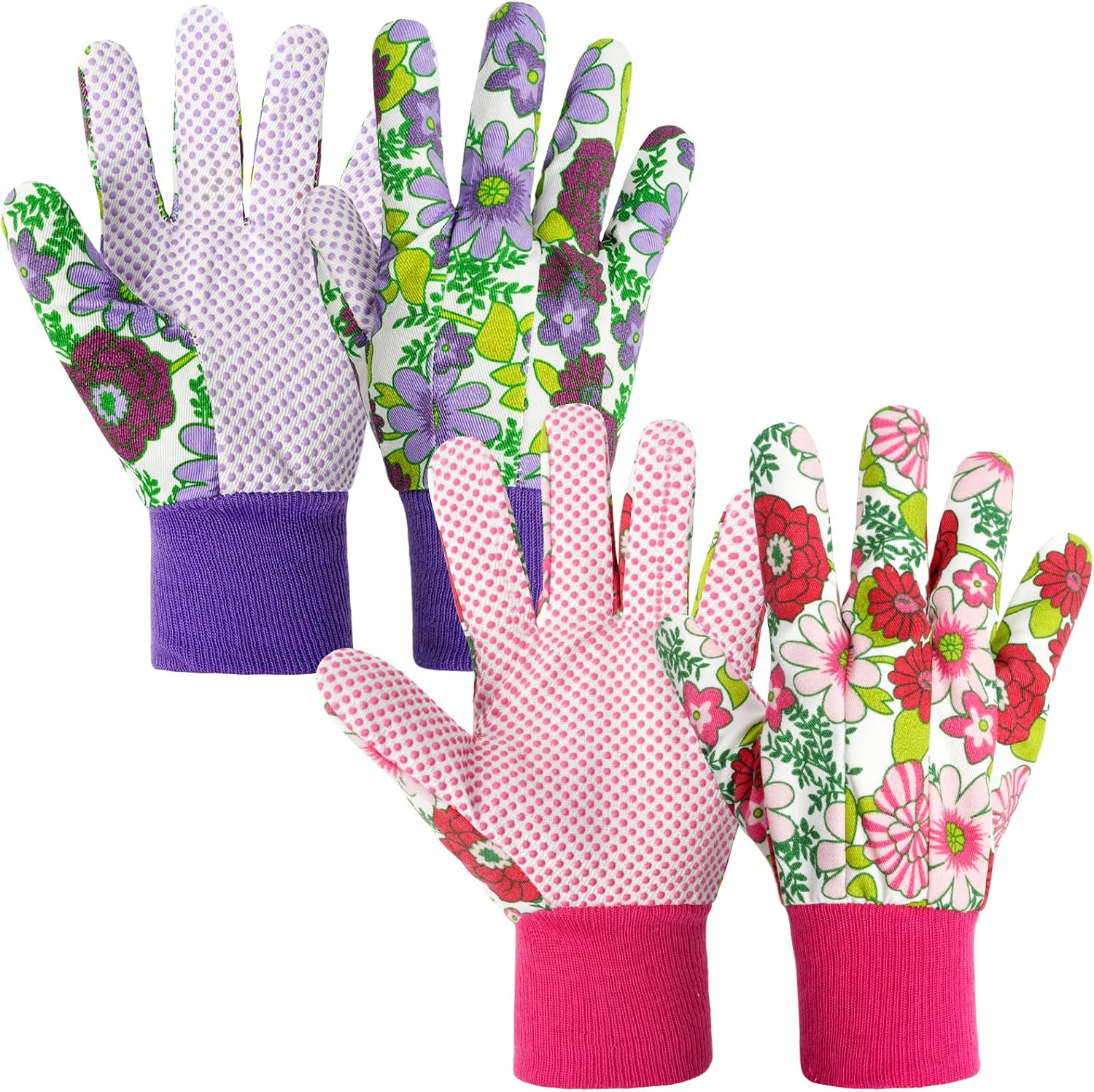Craving Color? There's Still Time to Plant These 10 Shade-Loving Bulbs
It's not too late to add some color! These 10 shade-loving spring-flowering bulbs thrive under trees and in dark spots. Get them in the ground before it freezes.
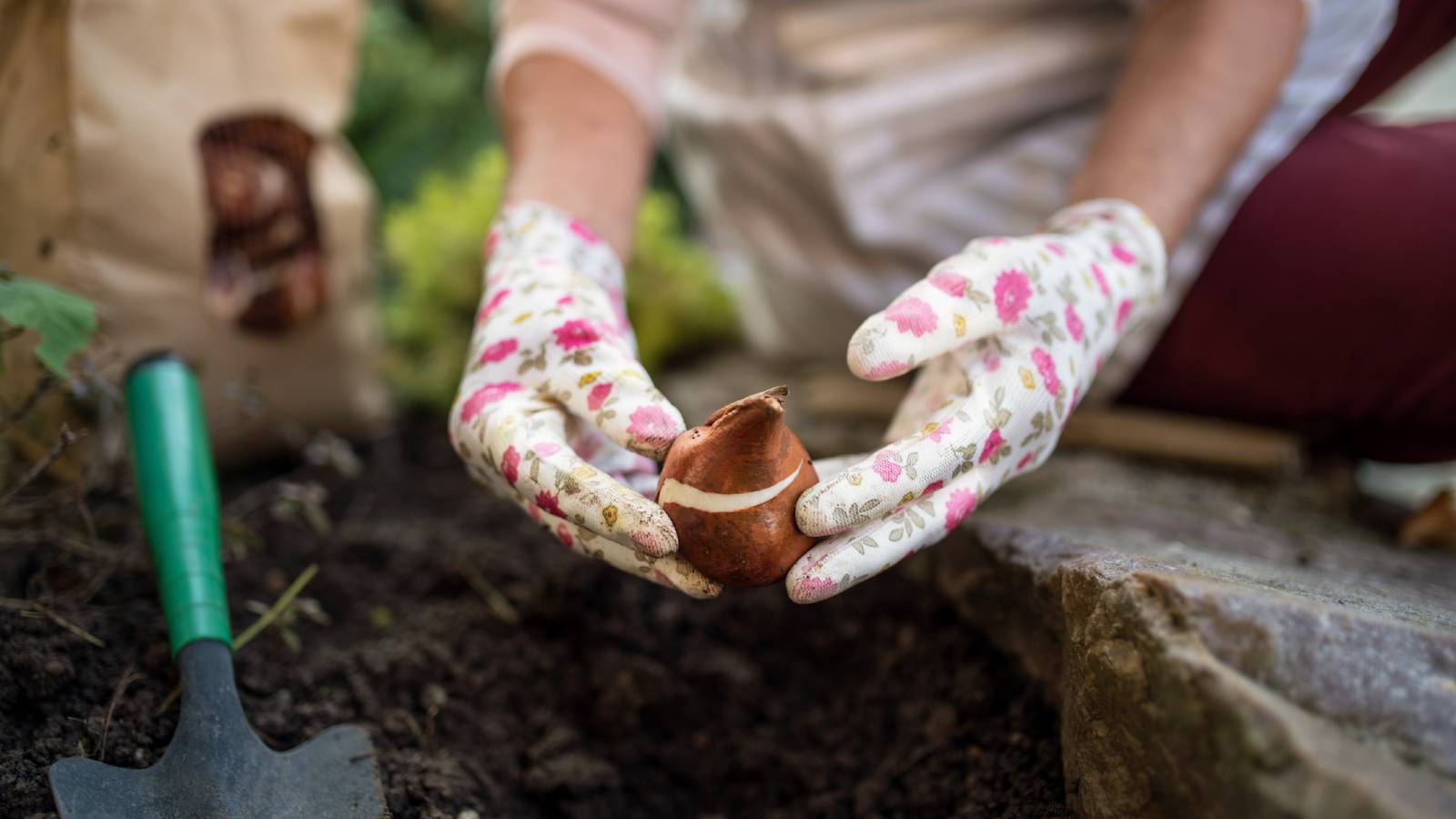
- 10 Flower Bulbs for Shade to Plant Now
- 1. Snowdrops
- 2. Winter Aconite
- 3. Siberian Squill
- 4. Glory-of-the-Snow
- 5. Wood Anemone
- 6. Spanish Bluebells
- 7. Bird-in-a-Bush
- 8. Spring Snowflake
- 9. Trout Lily
- 10. Camas
- When It’s Too Late to Plant Bulbs (and When It’s Not)
- Tips for Late Bulb Planting
- Bulb Planting Essentials

You have plenty of options for flower bulbs to plant in fall that provide beautiful early spring color and cheer. Shady areas of the garden can be tricky, but these options are all spring-blooming flowers that can grow in partial shade or even the deep shade of a wooded area.
For many gardeners, it’s still not too late to get these bulbs in the ground. Your spring flowering bulbs should survive the winter if you can plant them before the ground freezes and provide a little protective mulch.
10 Flower Bulbs for Shade to Plant Now
These are some pretty shade bulbs to plant in the fall that will give you early spring blooms next year:
1. Snowdrops
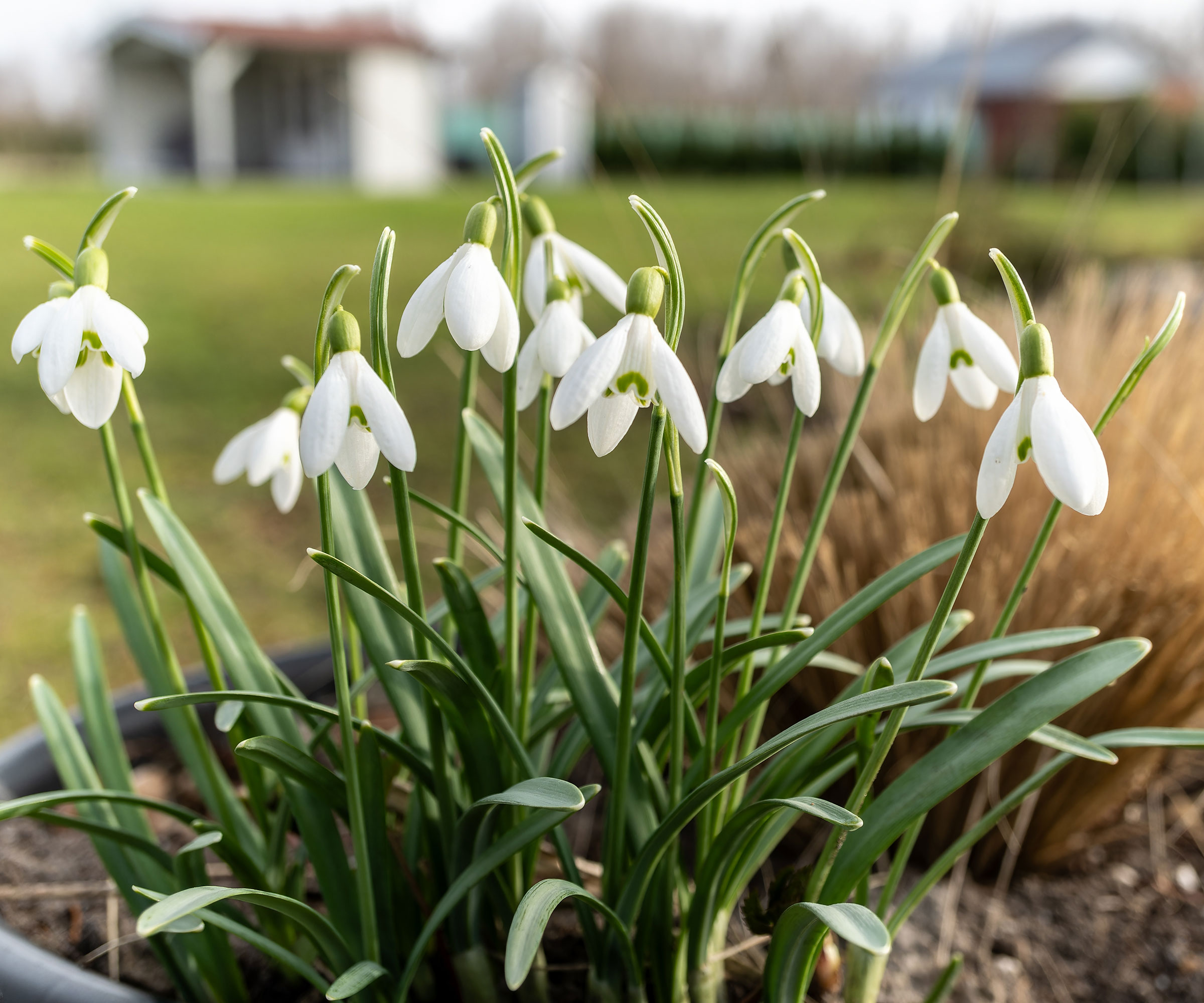
Snowdrops (Galanthus nivalis) are often the first flowers you see in spring. They’re called snowdrops because they can even emerge and bloom through the snow in late winter or very early spring. Plant snowdrop bulbs in rich soil in a shady spot. They are woodland flowers that can tolerate a lot of shade or just dappled sunlight. Look for unique varieties like giant snowdrop or ‘Wendy’s Gold,’ which has yellow stripes. Snowdrops are hardy in zones 3 through 8.
2. Winter Aconite
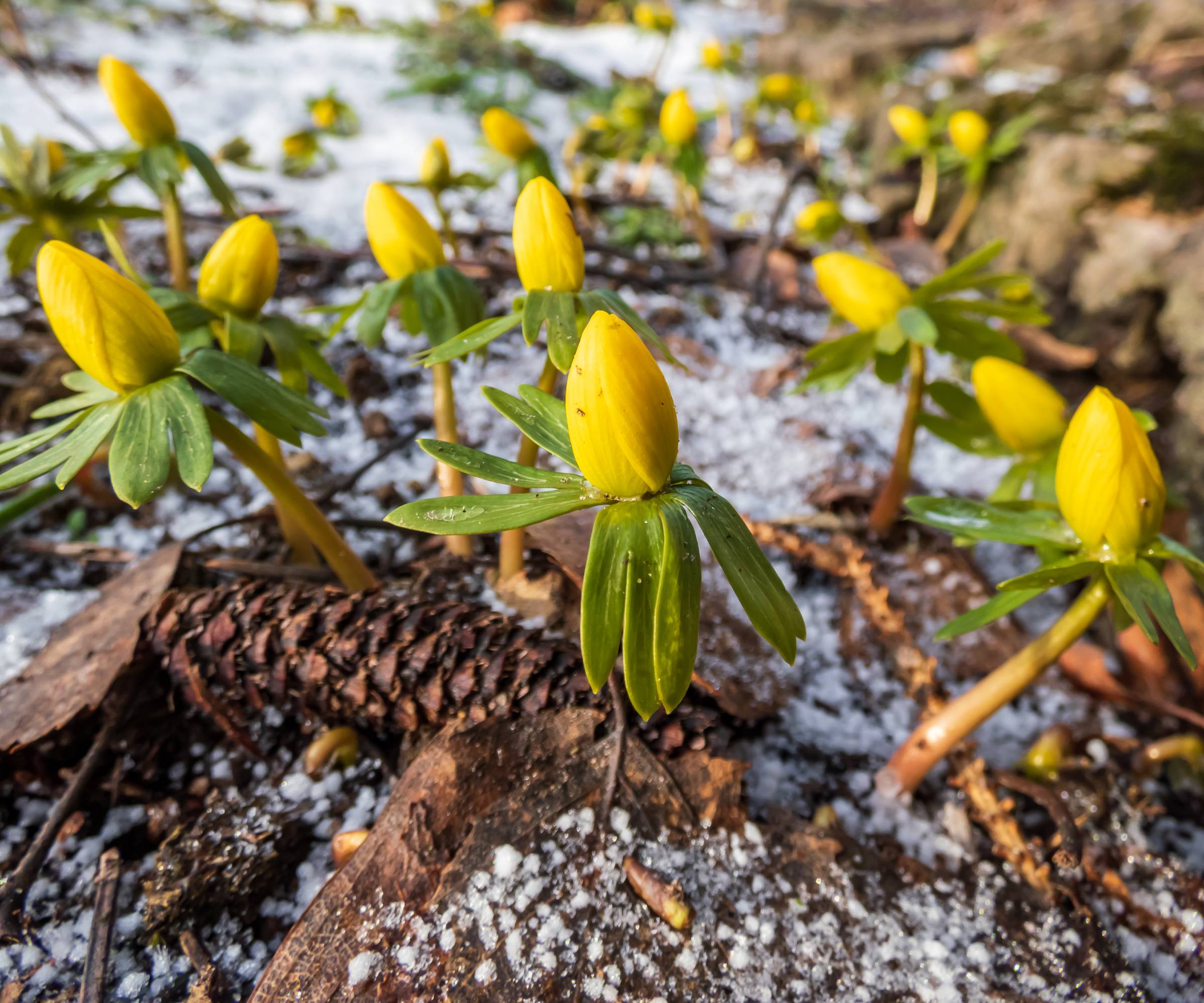
If you plant snowdrops and winter aconite (Eranthis hyemalis), they’ll be in a race to be the earliest to bloom. These pretty yellow flowers are related to buttercups. A woodland flower, winter aconite grows readily even in the shade. You can grow it in zones 3 through 7.
3. Siberian Squill

Siberian squill (Scilla siberica) blooms with beautiful clusters of blue star-shaped flowers that hang down from purple stems. Appropriate for zones 2 through 10, this type of squill has a big range. It likes partial shade and soil that drains very well. You can plant them in the lawn, too, for a naturalized look.
4. Glory-of-the-Snow
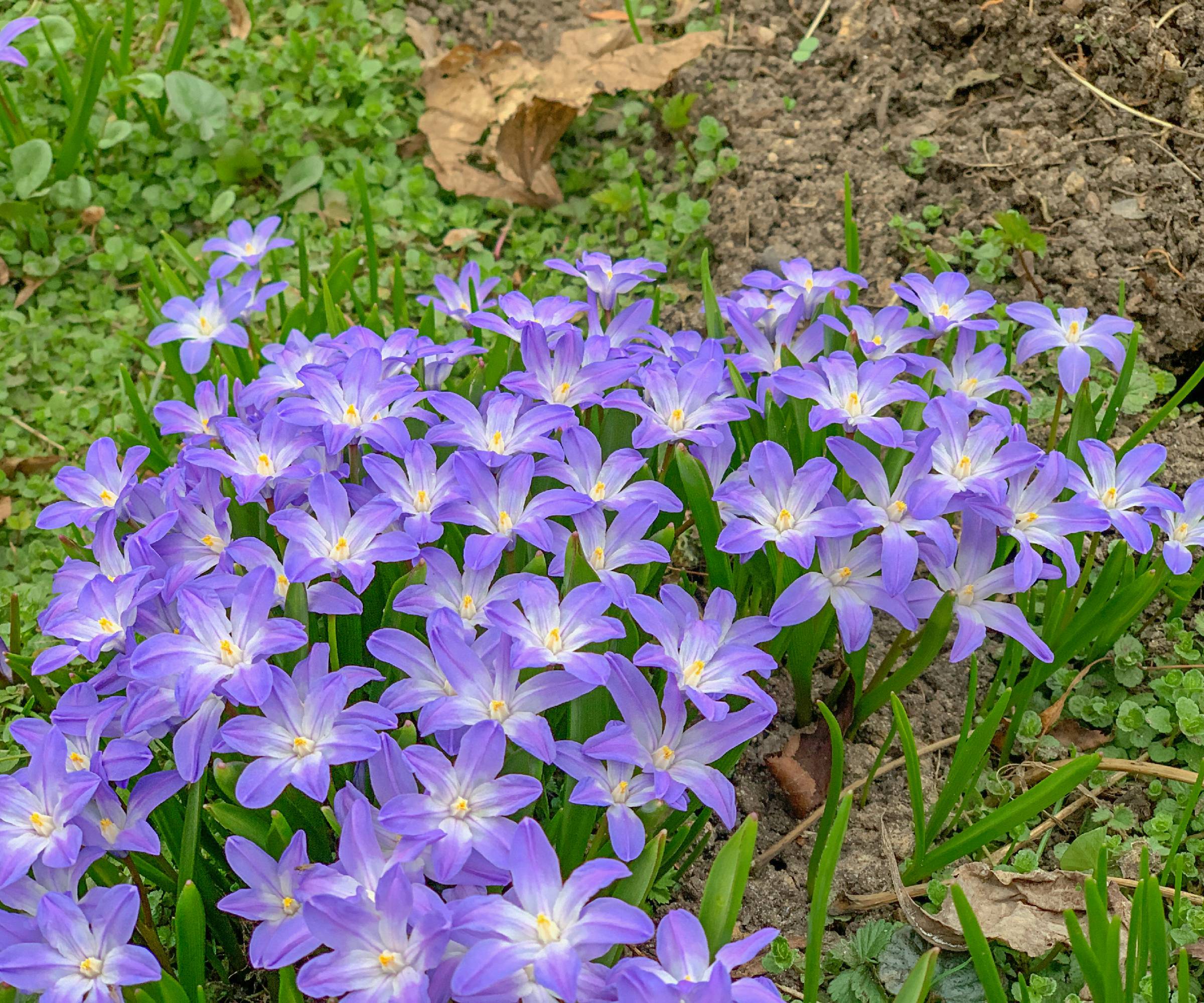
Glory-of-the-Snow (Chiconodoxa luciliae) is an early bloomer that often appears while there is still snow on the ground. Native to western Turkey, you can grow glory-of-the-snow in zones 3 to 8 to enjoy these petite, star-shaped, violet to white flowers. They grow in full sun or partial shade, need well-drained soil, and tolerate drought well.
Sign up for the Gardening Know How newsletter today and receive a free copy of our e-book "How to Grow Delicious Tomatoes".
5. Wood Anemone
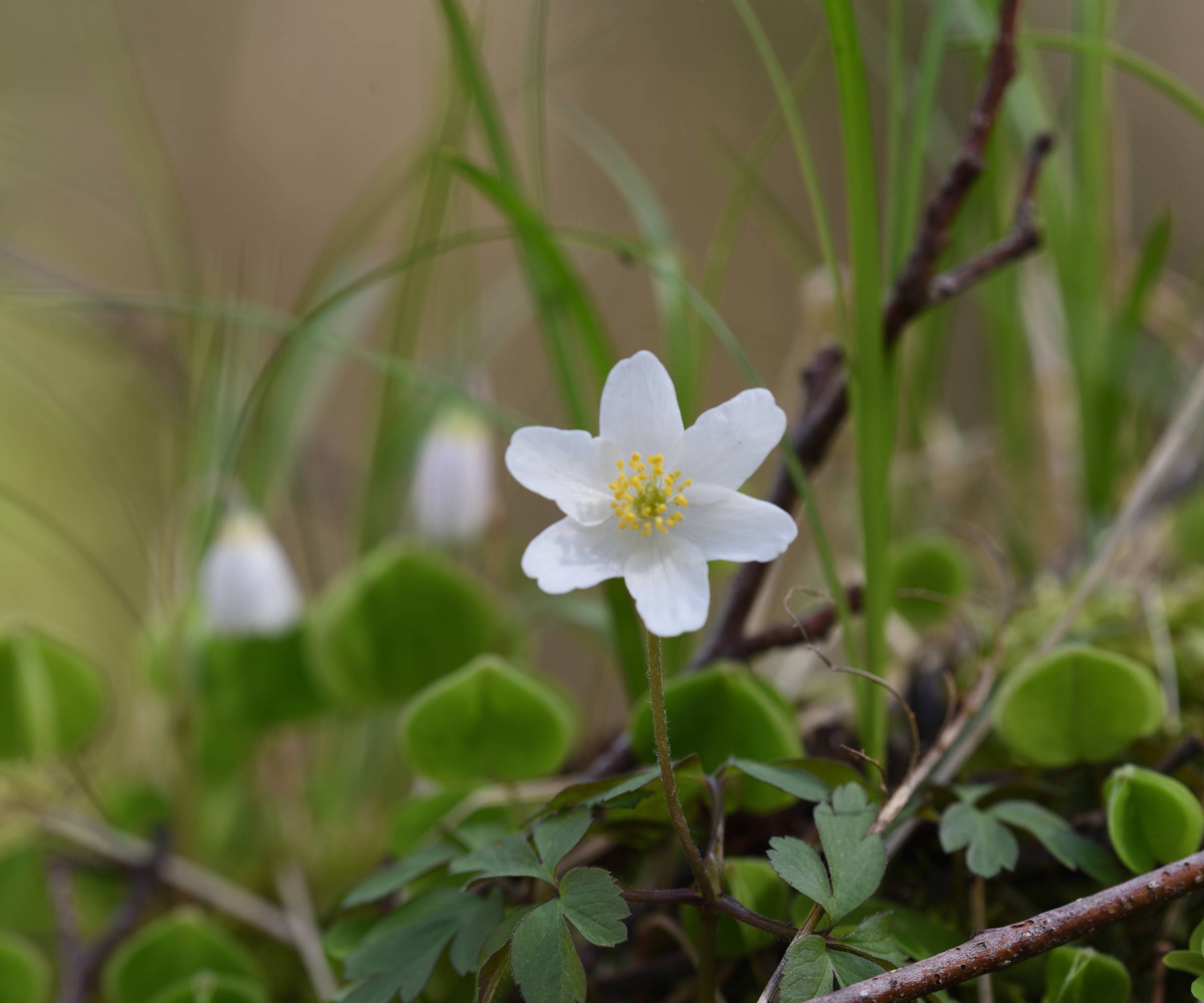
As the name suggests, wood anemone (Anemone nemorosa) is a woodland flower. It has rhizomes, but you can plant them as you would your bulbs. The flowers are bright white with yellow centers and bloom in early to mid-spring. Suitable for zones 5 through 8, wood anemone makes a pretty groundcover for shady areas.
6. Spanish Bluebells
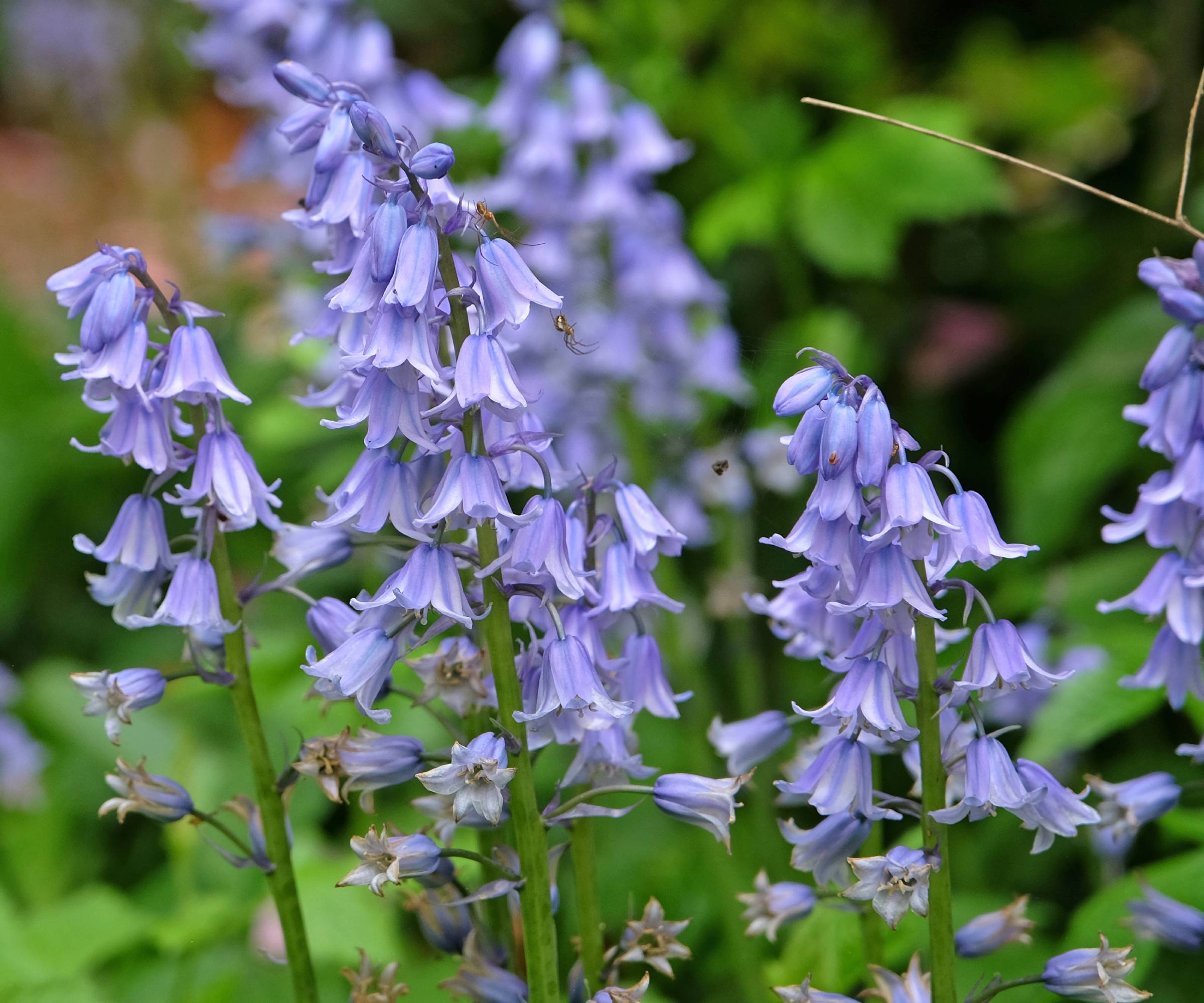
There are few things prettier than an abundance of bluebells in spring. If you have a wooded or shaded area of the garden, Spanish bluebells (Hyacinthoides hispanica) will thrive. Hardy in zones 3 through 8, Spanish bluebells are most often blue but also come in shades of pink, purple, and white.
7. Bird-in-a-Bush

Also called fumewort, Corydalis solida grows from tubers, which you can plant alongside your fall bulbs in zones 4 through 8. They’ll need rich, moist soil that drains well and a spot with no more than partial sun. A wooded spot is ideal. Bird-in-a-bush gets its common name from the unusual flower shape, which is long and tubular with long spurs. It resembles a bird sitting on a branch. This spring flower comes in several colors, from a unique bluish-green to purple, white, blue, and yellow.
8. Spring Snowflake

Spring snowflake (Leucojum vernum) is an early-flowering bulb from the amaryllis family. The stems bloom in spring with white, bell-shaped flowers. Native to Europe, spring snowflake is hardy in zones 4 through 8 and can grow in full sun or partial shade. Be aware that this plant is highly toxic.
9. Trout Lily

Trout lily (Erythonium americanum) is a North American woodland flower that thrives in shade and is hardy in zones 3 through 8. It does best in moist, rich soils and grows from corms rather than bulbs. The leaves have an interesting mottled coloring, like a trout. Although not a true lily, the single flower that blooms on each plant looks like a small, yellow lily.
10. Camas
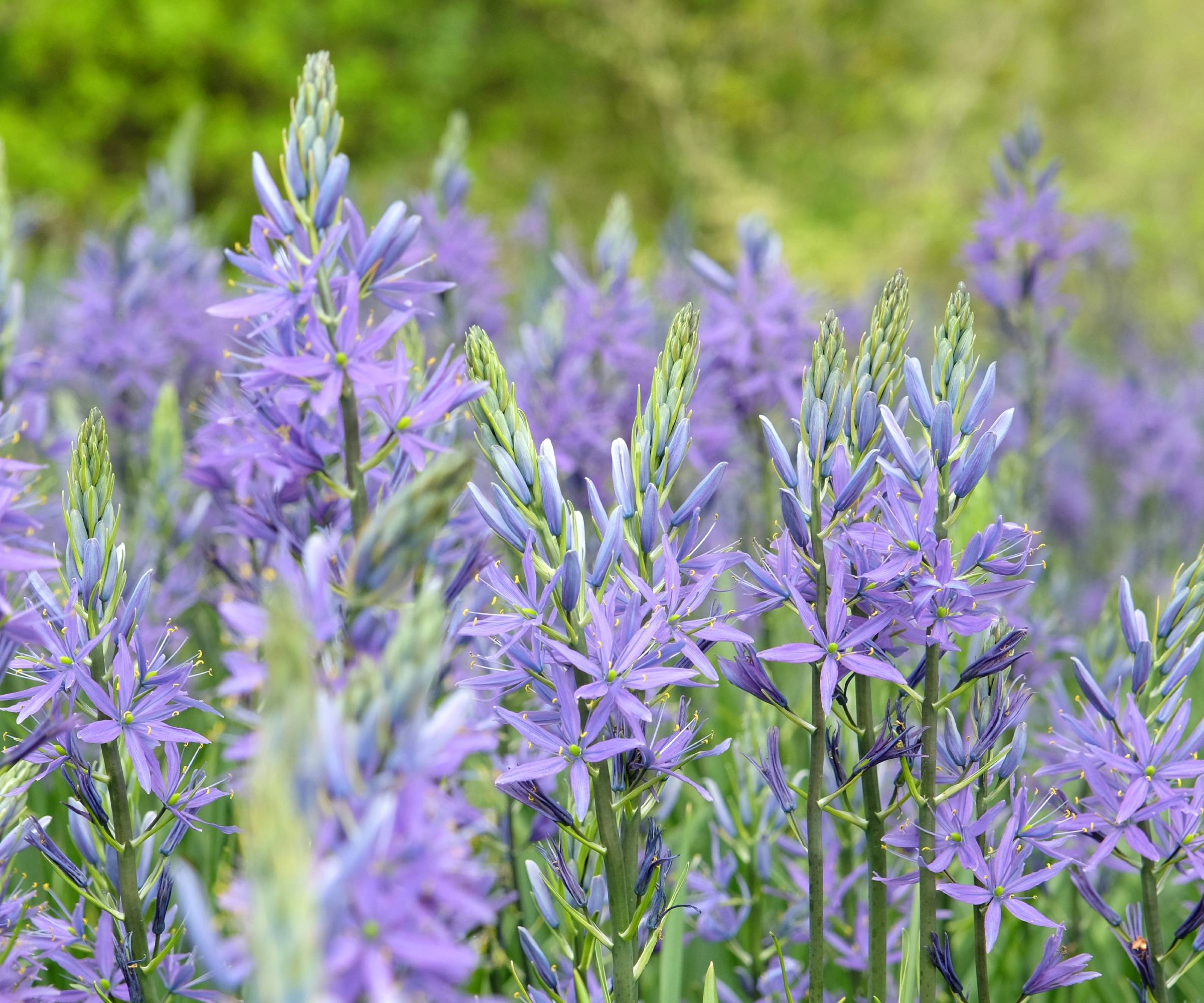
Also known as wild hyacinth, this North American native grows in meadows and on the edges of forests. Multiple flowers bloom on tall stems in shades of blue, purple, and white. Grow camas (Camassia spp.) in zones 3 through 8 in full sun or partial shade and in soil that drains well but stays consistently moist.
When It’s Too Late to Plant Bulbs (and When It’s Not)
There is no set date that limits when you can and cannot plant fall bulbs for shade. Ideally, these bulbs should go in the ground when the soil temperature is consistently below 60 degrees Fahrenheit (16 Celsius) and before the first hard frost.
The planting window might be later than you think, especially if you live in a warmer growing zone. Some gardeners can plant bulbs as late as December for spring blooms. It’s definitely too late to plant your spring-flowering bulbs if the ground has frozen solid.
Tips for Late Bulb Planting
Add some compost or good-quality potting soil to the area you’re planting bulbs for better drainage. Bulbs are susceptible to rotting from standing water. Plant bulbs to a depth of about two to three times the size of each bulb. Make sure the pointed end faces up when you cover them over with soil. Water the bulbs just once.
Although it’s not necessarily too late to plant your bulbs, they still might suffer from the cold if you delay. Bulbs need some time to acclimate to the cold and to go into protective dormancy. If you’re planting late, add a layer of mulch over the bulbs to give them some added protection.
Bulb Planting Essentials

Mary Ellen Ellis has been gardening for over 20 years. With degrees in Chemistry and Biology, Mary Ellen's specialties are flowers, native plants, and herbs.

